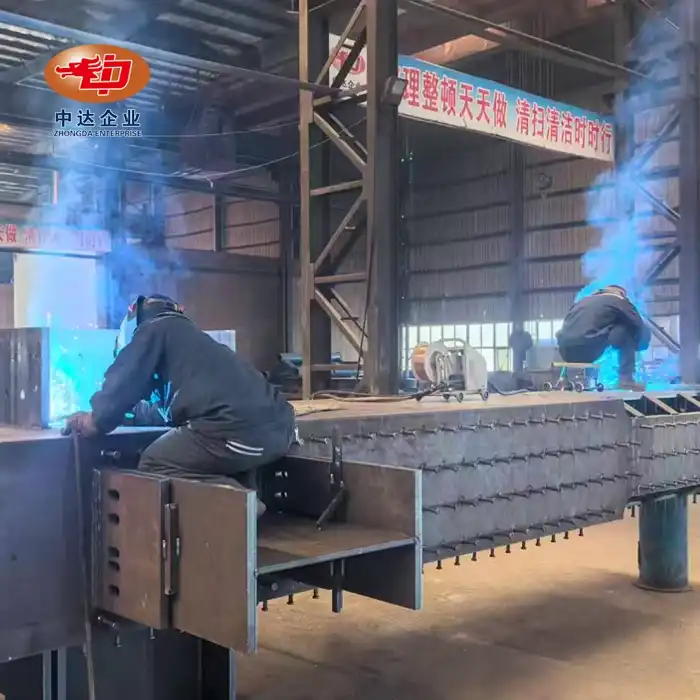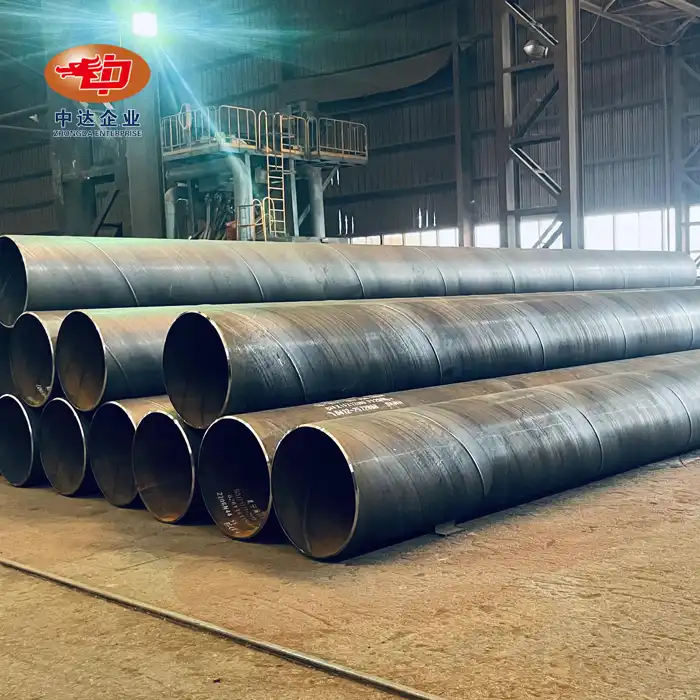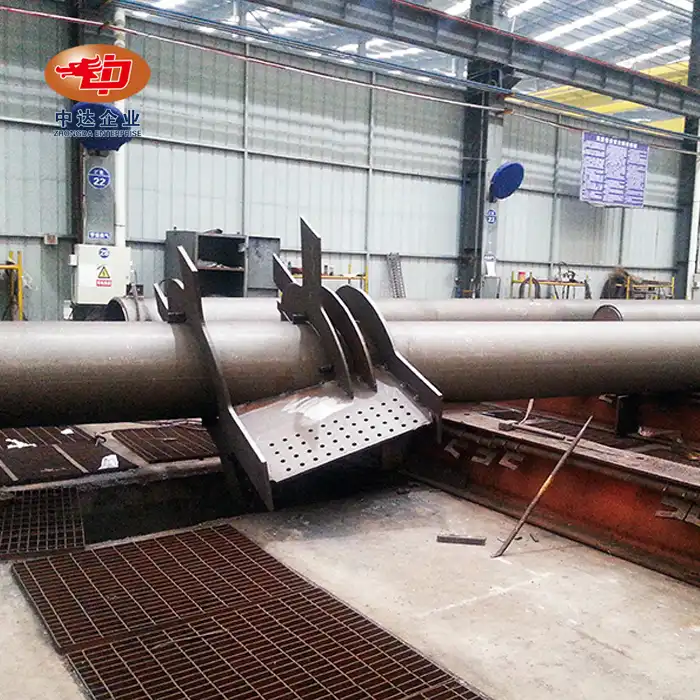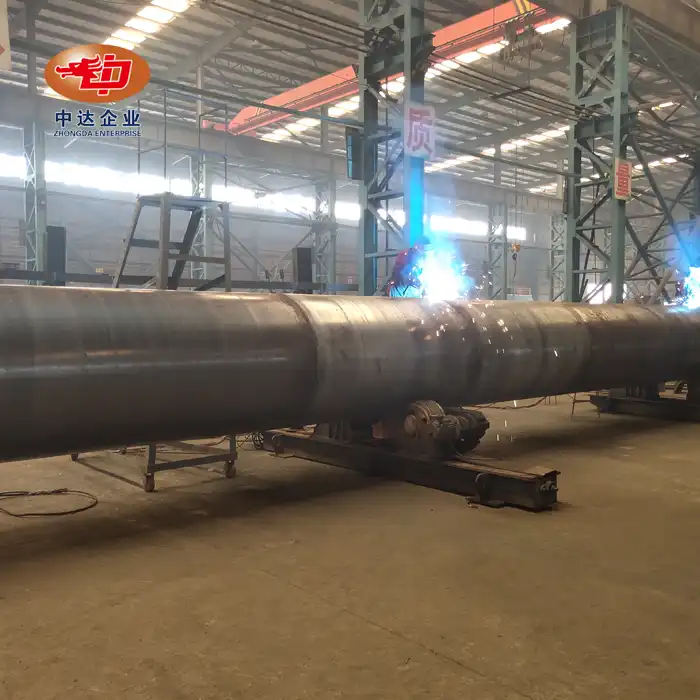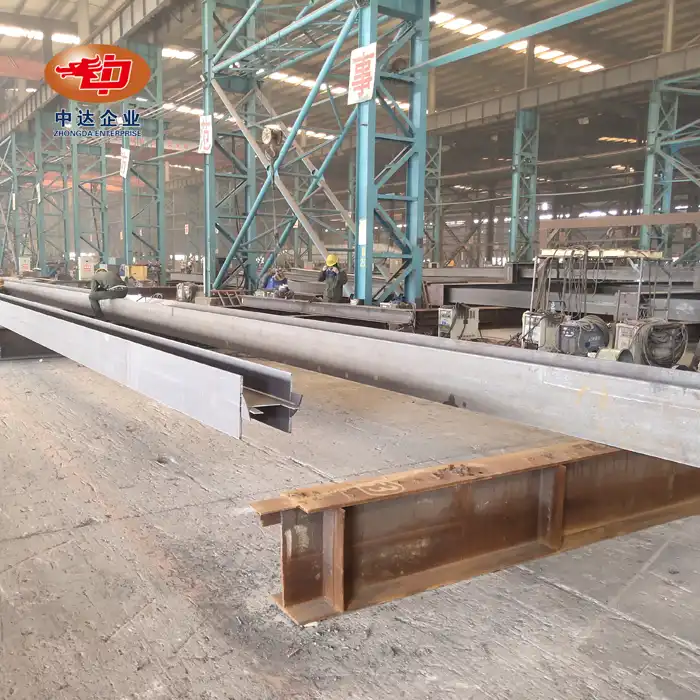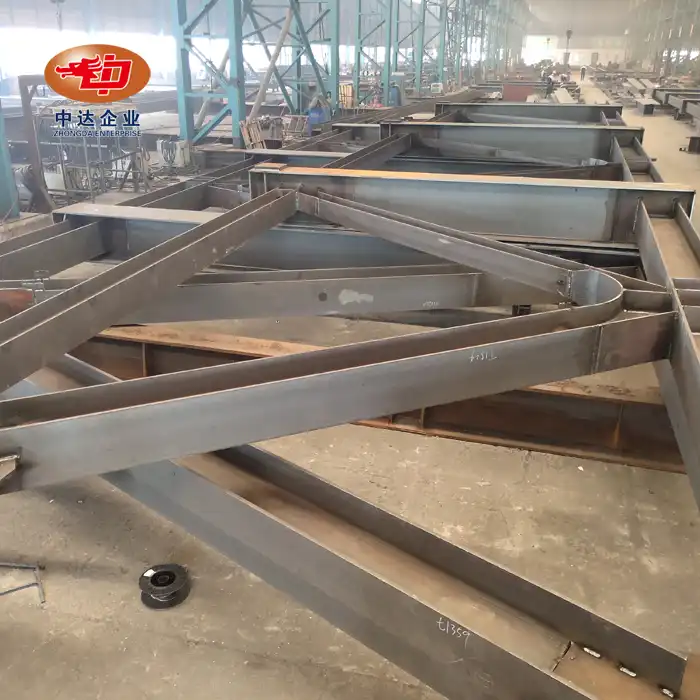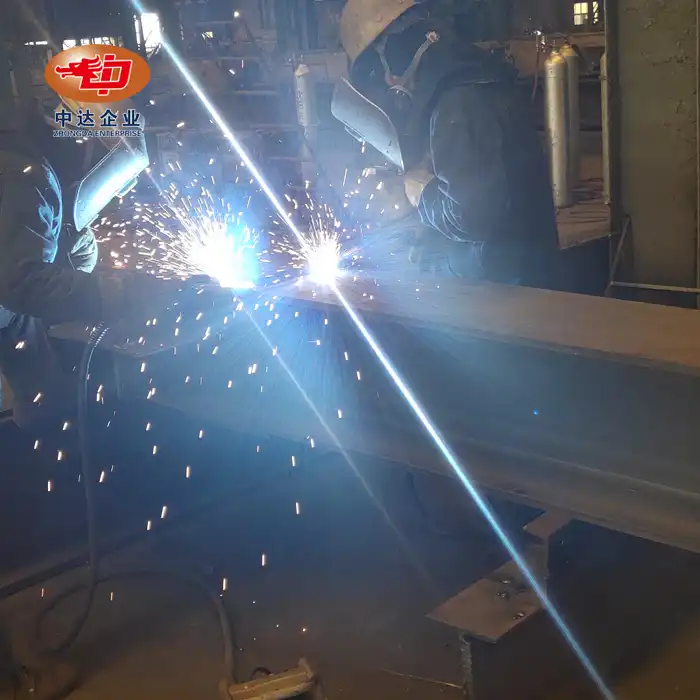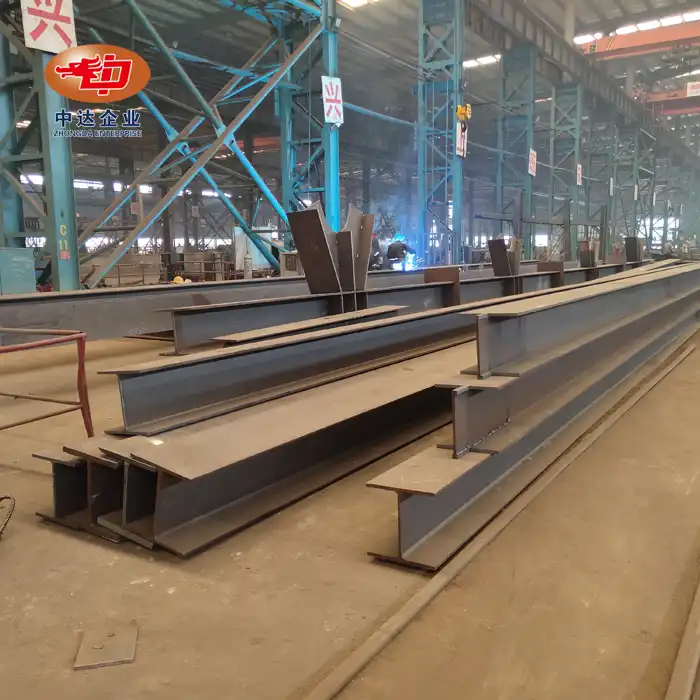
Maintenance Requirements for Steel Concrete Composite Beams
Proper maintenance of steel concrete composite beams is crucial for ensuring their longevity, structural integrity, and optimal performance. These innovative structural elements, combining the strength of steel with the durability of concrete, require specific care to maintain their effectiveness. Regular inspections, timely repairs, and proactive measures are essential to prevent deterioration and extend the lifespan of these vital components. At Shenyang Zhongda Steel Structure Engineering Co., Ltd., we not only manufacture high-quality steel concrete composite beams but also provide expert guidance on their maintenance, ensuring your structures remain safe and efficient for years to come.
Regular Inspection and Assessment
Visual Inspection Techniques
Visual inspections remain the first line of defense in maintaining steel concrete composite beams, forming the foundation of any effective maintenance program. Trained inspectors should carefully examine the steel-concrete interface, shear connectors, and exposed steel surfaces for early signs of deterioration. Common issues to look for include cracks, rust stains, concrete spalling, and evidence of moisture penetration, all of which may signal deeper structural concerns. Thorough documentation and photographic records are essential, as they provide a reference for tracking progressive damage and scheduling timely interventions.
Non-Destructive Testing Methods
Non-destructive testing (NDT) techniques provide advanced diagnostic capabilities for evaluating the internal and external condition of steel concrete composite beams without causing harm to the structure. Ultrasonic testing can identify hidden voids, internal cracks, or delamination within the concrete, while magnetic particle testing detects fine surface cracks in steel elements. Ground-penetrating radar allows engineers to visualize embedded reinforcement and shear connectors, giving a more complete assessment of integrity. These complementary methods improve accuracy in identifying weaknesses, guiding targeted maintenance, and ensuring long-term structural safety.
Load Testing and Structural Analysis
Periodic load testing and structural analysis are critical for ensuring that steel concrete composite beams continue to meet performance expectations under real-world operational conditions. Controlled load applications measure deflection and identify potential reductions in load-bearing capacity, highlighting early structural deficiencies. When combined with advanced computer modeling and finite element analysis, engineers gain detailed insights into stress distribution, fatigue behavior, and possible weak points. This proactive approach not only validates safety but also supports predictive maintenance planning, ultimately extending service life and reducing costly repairs.
Corrosion Prevention and Protection
Surface Preparation and Coating Systems
Effective corrosion prevention begins with proper surface preparation of the steel components. Abrasive blasting or mechanical cleaning removes existing rust and contaminants, creating an ideal surface for coating application. High-performance coating systems, such as epoxy-based primers and polyurethane topcoats, provide a robust barrier against moisture and corrosive agents. Regular inspection and touch-up of these protective coatings are crucial for maintaining their effectiveness over time.
Cathodic Protection Techniques
In environments with high corrosion risk, cathodic protection systems offer an additional layer of defense for steel concrete composite beams. Impressed current cathodic protection (ICCP) or sacrificial anode systems can be implemented to prevent electrochemical corrosion of the steel reinforcement. These systems require periodic monitoring and adjustment to ensure optimal performance and protection against corrosion-induced deterioration.
Moisture Control and Drainage Solutions
Controlling moisture exposure is critical for preventing corrosion in steel concrete composite beams. Proper drainage systems should be designed and maintained to prevent water accumulation on horizontal surfaces. Sealing joints and cracks in the concrete helps minimize water ingress, while adequate ventilation in enclosed spaces can reduce humidity levels. Regular cleaning and maintenance of drainage channels and expansion joints are essential for effective moisture control.

Repair and Rehabilitation Strategies
Concrete Repair Techniques
When concrete damage is identified, prompt and appropriate repair is crucial. For minor surface defects, patching with high-strength repair mortars can be effective. More extensive damage may require removal of deteriorated concrete and replacement with new, high-performance concrete. In cases of severe spalling or delamination, the use of fiber-reinforced polymer (FRP) wraps can provide additional structural support and protection against further deterioration.
Steel Reinforcement Restoration
Corrosion of steel reinforcement is a common issue in aging steel concrete composite beam. Restoration techniques may include removing contaminated concrete, cleaning or replacing corroded reinforcement, and applying corrosion inhibitors before recasting. In some cases, additional reinforcement may be necessary to restore structural capacity. Advanced methods such as electrochemical chloride extraction can be employed to remove corrosion-inducing chlorides from the concrete matrix.
Shear Connector Rehabilitation
The integrity of shear connectors is critical for the composite action between steel and concrete. When damage or deterioration of shear connectors is detected, rehabilitation may involve welding new studs or installing additional connectors to ensure proper load transfer. In severe cases, partial deck replacement might be necessary to access and repair embedded shear connectors, requiring careful planning and execution to maintain structural stability during the rehabilitation process.
Conclusion
Effective maintenance of steel concrete composite beams is essential for ensuring the safety, longevity, and performance of structures. By implementing regular inspections, proactive corrosion prevention measures, and timely repairs, the lifespan of these crucial structural elements can be significantly extended. At Shenyang Zhongda Steel Structure Engineering Co., Ltd., we not only provide high-quality steel concrete composite beams but also offer expert guidance on maintenance best practices. Our commitment to excellence in both product manufacturing and customer support ensures that your structures remain robust and reliable for years to come.
FAQs
How often should steel concrete composite beams be inspected?
Regular inspections should be conducted annually, with more frequent checks in harsh environments.
Can damaged steel concrete composite beams be repaired, or do they need replacement?
Many issues can be repaired if caught early. Severe damage may require partial or full replacement.
What are the signs of corrosion in steel concrete composite beams?
Look for rust stains, concrete cracking or spalling, and visible deterioration of steel components.
How long do steel concrete composite beams typically last?
With proper maintenance, these beams can last 50-100 years, depending on environmental conditions and usage.
Why Choose Zhongda Steel for Your Steel Concrete Composite Beam Needs?
Shenyang Zhongda Steel Structure Engineering Co., Ltd. stands out as a premier manufacturer of steel concrete composite beams. Our state-of-the-art facility, equipped with CNC ultra-thick plate cutting and automated welding lines, ensures precision and quality in every product. We offer customizable solutions, from material selection to final design optimization, tailored to your specific project requirements. With our EN1090-2 EXC3 certification and rigorous quality control processes, you can trust in the reliability and performance of our composite beams. For expert guidance and top-quality products, contact us at Ava@zd-steels.com.
References
Johnson, R.P. (2018). Composite Structures of Steel and Concrete: Beams, Slabs, Columns and Frames for Buildings. Wiley-Blackwell.
Nie, J., & Cai, C.S. (2019). Steel-Concrete Composite Bridges: Design and Construction. CRC Press.
Oehlers, D.J., & Bradford, M.A. (2020). Elementary Behaviour of Composite Steel and Concrete Structural Members. Butterworth-Heinemann.
Vayas, I., & Iliopoulos, A. (2017). Design of Steel-Concrete Composite Bridges to Eurocodes. CRC Press.
Wang, Y.C. (2018). Steel and Composite Structures: Behaviour and Design for Fire Safety. CRC Press.
Zoghi, M. (2017). The International Handbook of FRP Composites in Civil Engineering. CRC Press.
YOU MAY LIKE












